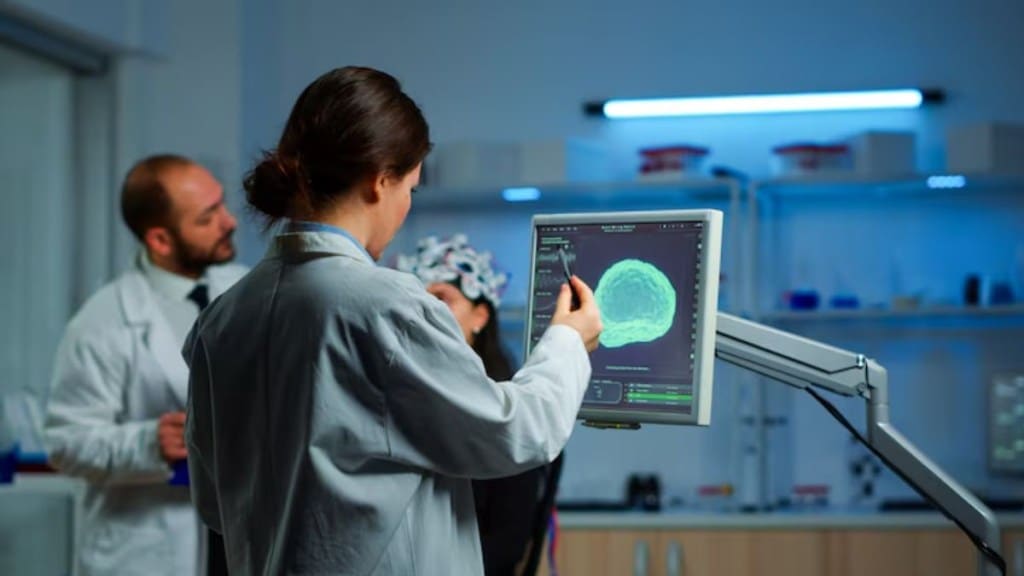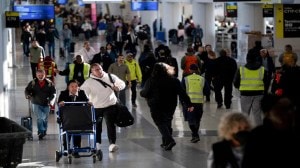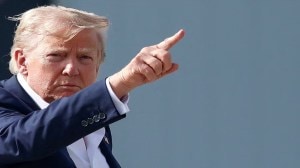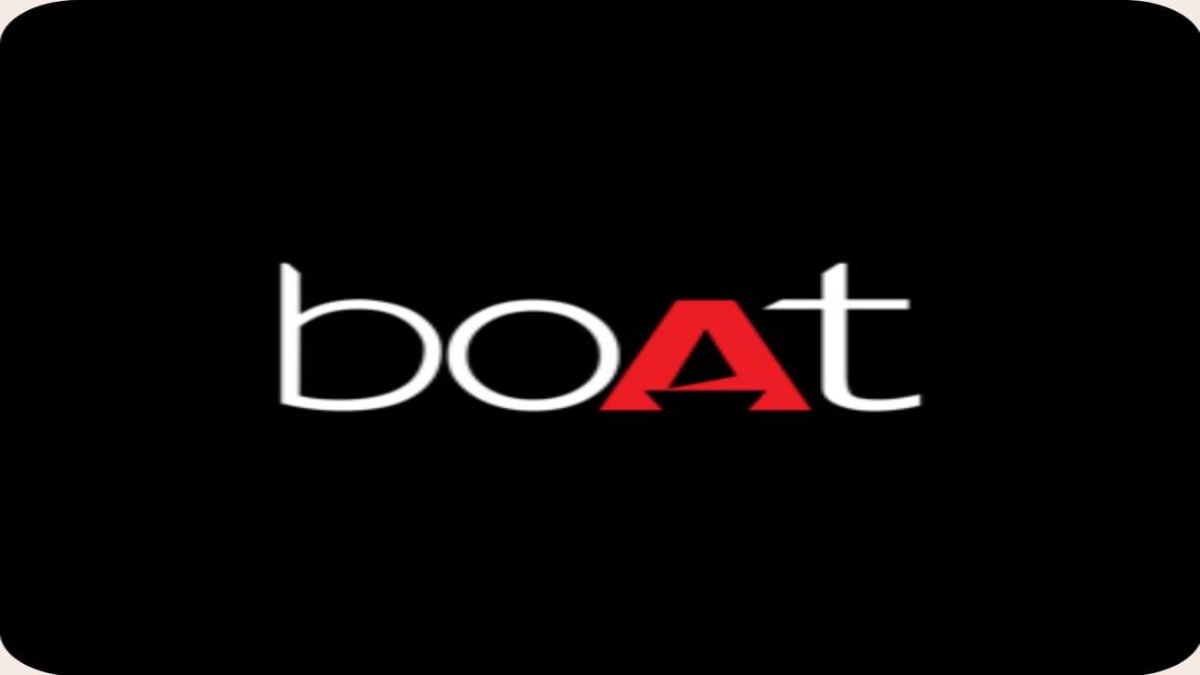Imagine going for a routine health check-up, just your regular blood tests and a chest X-ray. You feel completely fine. No pain, no symptoms. But a few days later, your doctor calls with unexpected news. An AI tool has picked up something unusual. After more tests, it turned out to be a small cancerous growth which was caught early, before it could spread or cause any symptoms.
This may sound like something from the future, but it’s already happening in India and around the world. Artificial Intelligence, or AI, is changing how doctors find cancer by spotting warning signs early, even when the patient feels perfectly healthy. And this shift couldn’t come at a better time.
India is facing a serious cancer burden. A 2024 study based on the Global Burden of Disease (GBD) data shows that the country reported nearly 533 new cancer cases per 100,000 people, with a death rate of 71.8 per 100,000. The Indian Council of Medical Research (ICMR) says new cancer cases have gone up from 1.46 million in 2022 to an estimated 1.57 million by 2025.
The big concern is that nearly two out of every three patients diagnosed with cancer in India do not survive. Experts blame this on late diagnosis. Many cancers are only discovered at an advanced stage when treatment is harder and outcomes are poorer. This is where AI can make a big difference.
With smart algorithms that can scan blood tests, X-rays, and scans, AI can help doctors catch cancer earlier, sometimes even years before symptoms begin. It can act as an extra set of eyes, spotting patterns that may go unnoticed.
To understand how AI is already helping on the ground, we spoke to leading oncologists, cancer researchers, and AI experts. Their insights show that this technology is not just promising, it’s already saving lives, especially in areas where access to cancer specialists is limited.
Why early detection matters so much
“Cancers are more likely to be cured if they’re caught early,” says Dr. Amrit Kaur Kaler, Consultant in Molecular Pathology at Kokilaben Dhirubhai Ambani Hospital, Mumbai. “AI helps us find cancer when it’s still small before the patient even feels anything.”
The earlier the cancer is found, the less aggressive the treatment needed and the better the chances of survival. But traditionally, early-stage cancers often go unnoticed. Many people don’t go for screenings. Some cancers don’t show obvious symptoms. Others are hidden deep in the body, invisible on basic scans. But now, AI is changing that.
AI spots hidden patterns in routine tests
Think of AI as an extra set of eyes, trained on millions of cases, scanning your reports for patterns that a human might miss.
“For example, a subtle change in a blood report or a shadow in a scan might not catch a doctor’s attention,” says Dr. Suman Das, Consultant Radiation Oncologist at Apollo Cancer Hospital, Visakhapatnam. “But AI can detect patterns across thousands of reports. It sees what we can’t.”
Dr. Kaler agrees. “In one study, AI flagged 76 per cent of breast cancers that radiologists had missed on earlier mammograms. These were extremely subtle signs,” she said.
Similarly, AI models trained on common lab markers like a complete blood count or liver function test can pick up early risk signs for cancers like colorectal, lung, or liver. Some even analyze DNA fragments from a routine blood sample what’s known as a “liquid biopsy.”
A new AI-powered test called TriOx, for instance, can analyze multiple DNA features from a standard blood draw and flag several types of cancer in very early stages.
AI is bringing cancer detection to rural India
Cancer care in India often depends on where you live. Big cities like Delhi or Mumbai have oncologists, radiologists, and high-end machines. But in smaller towns and rural areas, that kind of specialised care is often out of reach. That’s where AI is stepping in to bridge the gap.
“In Tier-2 and Tier-3 cities, there’s often no oncologist or radiologist available,” explains Dr. Devavrat Arya, Senior Director of Medical Oncology at Max Super Speciality Hospital, Saket. “AI can help bridge that gap by supporting diagnosis in places where expertise is limited.”
Dr Arya gives an example from Punjab, where a state-supported breast cancer screening initiative used Thermalytix, a low-cost AI-powered thermal imaging device developed by Niramai Health Analytix. Over 15,000 asymptomatic women were screened in rural areas through this program. The AI tool analyzed temperature patterns from thermal images to detect potential abnormalities and referred high-risk cases for further imaging. The result? 27 breast cancer cases were successfully detected that may have otherwise gone unnoticed in areas with little or no screening infrastructure.
Similar success has been seen with Qure.AI, a Mumbai-based health-tech company that builds AI tools for interpreting chest X-rays. “In Goa, we’ve deployed AI-powered chest X-ray screening across 17 DHS hospitals,” says Sagar Sen, Senior Vice President – Global Life Sciences and Strategic Alliances at Qure.AI. “In less than a year, over 30,000 X-rays were reviewed. Many weren’t even taken for cancer—they were part of routine pre-op assessments, heart screenings, or general check-ups. Yet, the AI flagged thousands of suspected nodules and high-risk cases for further evaluation,” he said.
What’s remarkable is that these potential cancer findings were incidental. “That’s the power of AI,” Sen adds. “It doesn’t overlook. It can spot subtle signs even when cancer isn’t what the scan was meant to detect,” he further added.
From Punjab’s health camps to Goa’s government hospitals, these examples show how AI is already changing the landscape of early cancer detection, especially in areas where access to specialists is limited.
AI learns from rare and global cases
Sometimes cancer shows up in unusual ways: a rare subtype, or an odd-looking mass that most doctors have never seen. But AI isn’t limited by geography or experience. It learns from global data.
“At Tata Memorial Hospital in Mumbai, researchers are training AI systems on 60,000 patient cases,” says Dr. Kaler. “This includes pathology images, scans, and treatment outcomes. The AI learns to recognize even rare tumour types.”
In the US, Harvard’s CHIEF model was trained on over 15 million pathology image patches across 19 cancer types. It can now detect cancer with 94 per cent accuracy, even in uncommon cases. “In practice, this means a doctor in India could use AI to recognise a rare cancer pattern that was previously seen only in Europe or the US,” Dr. Kaler explains.
Helping high-risk groups stay one step ahead
Some people are at a higher risk of developing cancer due to genetics, family history, or lifestyle. “For these people, AI can provide proactive monitoring,” says Dr. Arya. “It can flag families with clusters of cancer cases or analyze patterns that suggest a hereditary mutation. These people can then be offered earlier or more frequent screening,” he further added.
In fact, researchers at Harvard developed an AI tool that identified patients at high risk for pancreatic cancer years before diagnosis just by analyzing routine medical records.
Chatbot-based questionnaires are also being used in genetics clinics to collect family histories. “In one case, a chatbot flagged 25 per cent of women who qualified for BRCA or Lynch syndrome testing, before they even met a doctor,” said Dr. Kaler.
This kind of targeted surveillance is especially useful in India, where not everyone can afford regular testing. AI helps ensure that high-risk people don’t go unnoticed.
Guiding doctors on what to do next
Detecting a potential cancer is just the beginning. What comes next?
“AI can also help guide clinical decisions,” says Dr. Das. “It can suggest if a lesion needs to be monitored, biopsied, or treated. It can even recommend what kind of treatment might work best.”
AI-driven platforms, like those used at Memorial Sloan Kettering or MD Anderson, combine a patient’s history, lab reports, scan results, and genetic data to offer suggestions. At MD Anderson, IBM Watson’s recommendations for breast and colon cancer matched the expert tumour board’s decisions most of the time.
But experts are clear, AI should never replace doctors.
“AI is a helper, not the boss,” explains Dr. Das. “It gives suggestions based on data patterns. But the final decision must always be made by a human doctor, who understands the patient’s unique story.”
Dr. Arya further adds, “The outcome of any AI recommendation depends on the data it receives and the doctor’s interpretation. That’s why human oversight is critical.”
The need for human checkpoints
Even the most powerful AI can make mistakes if the input data is wrong. That’s why experts insist on human review. “AI is only as good as the information it is given,” says Dr. Das. “A trained person must provide high-quality input. And a specialist must always review AI’s output before any decision is made.”
Dr. Arya agrees and says, “There’s a risk of overdiagnosis or misdiagnosis if AI is used carelessly. That’s why a ‘human-in-the-loop’ approach is essential.”
In practical terms, this means:
- AI can pre-screen reports or scans
- It can flag abnormalities or suggest risk levels
- But final calls like biopsies, treatments, and referrals must be made by qualified doctors
A revolution in cancer care
AI is reshaping cancer care. From a rural health camp in Punjab to a government hospital in Goa. AI is helping doctors catch cancer earlier, treat it faster, and give patients a better shot at recovery.
It’s not perfect yet. It needs oversight. It needs regulation. But it’s here and growing.
As Dr. Kaler puts it, “Our job as doctors is to use every tool we have to help patients. AI is a powerful tool. It’s up to us to use it wisely.”
Cancer is still a major health challenge in India with nearly 16 lakh new cases every year. Many are caught too late. But AI offers hope by spotting subtle signs in routine tests, flagging high-risk patients for extra screening, and guiding doctors toward faster decisions. With AI, the focus is shifting from catching cancer late to finding it early.








